Lifestyle
Top 5 Tips to Maintaining EV Battery Life
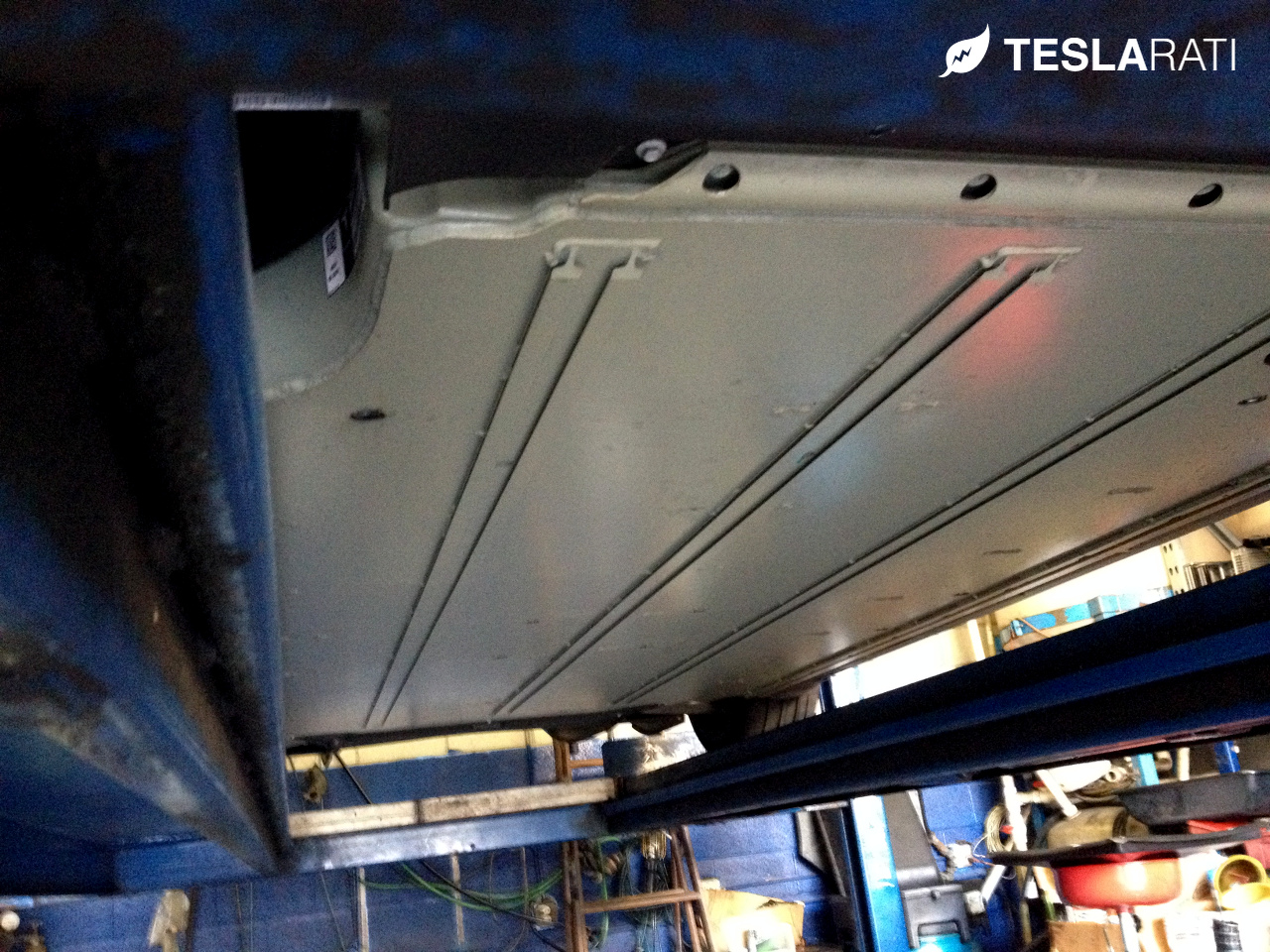
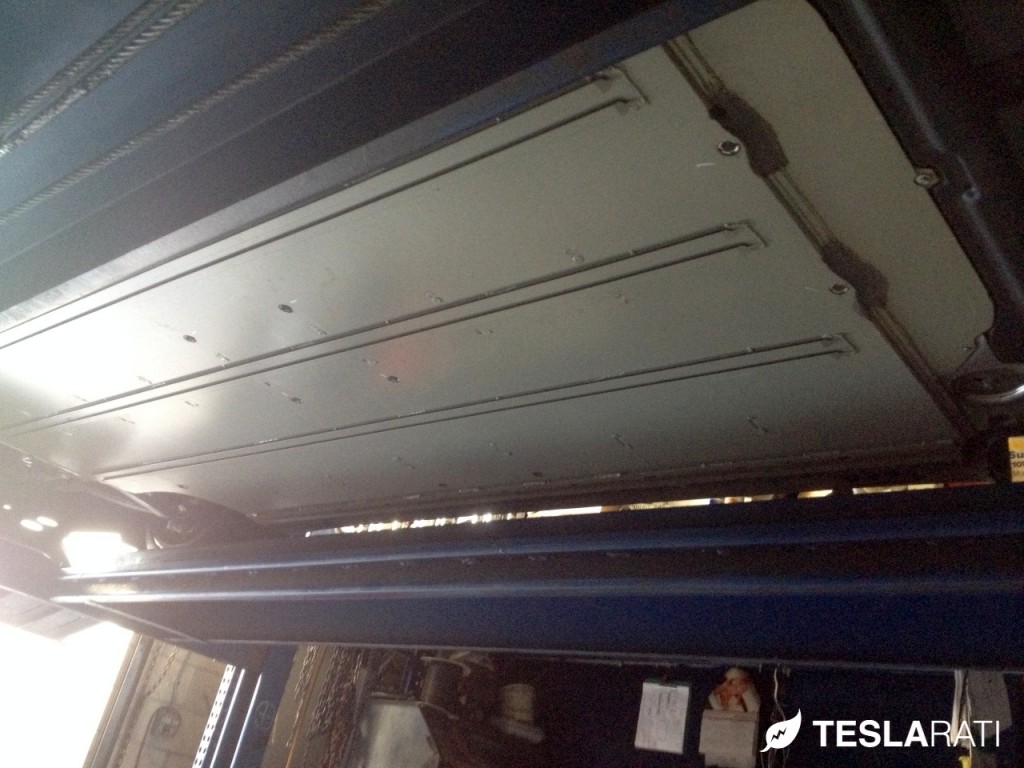 Electric vehicles are a joy to own but this new technology using advanced Lithium-ion battery packs requires a different type of maintenance than your traditional gasoline engine.
Electric vehicles are a joy to own but this new technology using advanced Lithium-ion battery packs requires a different type of maintenance than your traditional gasoline engine.
We countdown the top 5 maintenance steps that can be taken to extend the life of your EV battery.
5. Don’t leave your battery sit at a 100% state of charge
Most EVs have an option for a “Standard” charge or a “Range” or “Max” charge. By all means, do the maximum charge when you need it, but do it right before you start using the battery for the trip. Most EVs have charge timers to help you plan for this. If your EV doesn’t have that, do an overnight standard charge and then charge the last 10-20% in the AM before departure. Leaving a battery pack at max charge for even relatively short periods of time can possibly affect its life. As a rule of thumb, try to never let your battery sit at maximum state of charge for longer than 8 hours.
While you may be able to time your max charge and departure times well, daily charging to 100% is stressful to your battery. This is why most vendors offer “standard” or “normal” charge levels which wont help you achieve the maximum EPA range rated for your vehicle. If you don’t need the max charge, then don’t use it. Generally lithium-ion batteries do best when they operate in the 30% to 90% range for state of charge. Although a bit extreme, prolonging the time spent above or below that range theoretically may lead to a shorter pack life
Tesla Model S TIP: For overnight charging that requires a 100% MAX charge (ie prior to a Tesla road trip), set your “start charge time” to a time that will result in a full charge roughly 60 minutes before your departure.
4. Avoid deep discharging of the battery pack
Conversely, leaving your battery in a discharged state for an extended period may also impact its life. Most vendors protect batteries from becoming completely discharged as that can effectively “brick” the battery and leave it completely useless. The general rule of thumb is to plug in and charge whenever you can. That doesn’t mean going out of your way for a few kW of charge, but it does mean plugging your car in nightly and maintaining a reasonable charge level. What is a low state of charge? Under 30% charge is generally considered low and thus you should not let your EV sit at that low state of charge for an extended period.
MUST SEE: Decoding Your Tesla Battery Pack Version
Also beware that EVs consume power even when not being driven. With the Model S, it loses about 1% of its charge per day.
3. Be mindful of extreme temperature conditions
This is less applicable to the Tesla Model S which has its own built in thermal management system that pre-conditions the battery (ie. warms the pack when too cold and vice versa), but the general rule of thumb for batteries of Lithium-ion composition is to keep the battery pack between 20F – 85F.
Heat is the enemy of Lithium-ion and may increase battery degradation when consistently exposed to high temperatures. This phenomenon was enough to motivate Nissan to produce a “hot climate battery” for their LEAF after owners within hotter climates complained of battery loss.
Conversely, extreme cold weather can impact performance for a battery of lithium-ion chemistry while lowering the discharge capacity.
2. Plan ahead for extended storage
If you’re going away on vacation or for a business trip the best thing for your car is to set the charge level to 50% and leave it plugged in. If you’re leaving your EV at the airport or somewhere where you can’t leave it plugged in beware that you’re going to lose some charge per day. Charge to a level where you can get to the airport, let it sit for the trip and then still have enough charge with buffer to get home. Don’t let it sit unplugged at an airport for days on end at a 90% charge state if possible. Still, leaving it at 90% is better for the battery (and you) than leaving it at 10% and coming back to find the battery completely discharged.
1. Periodically fully charge and “balance” your battery
Lithium-ion batteries are designed to minimize the “memory” issues often found in older battery technologies, however the battery packs in EVs are more complex and often comprised of multiple individual batteries packed together into removable modules. There’s as many as 7,000 individual cells in the Model S.
Battery balancing is about maximizing your battery’s capacity and evening out the charge distribution. Modern EV battery packs include an automatic battery balancing component, but there’s steps that you can take to help the process along.
While you may never need the maximum range that your battery can provide and you may never take long trips, a periodic range or max charge is helpful to your battery’s management system. I’d suggest doing this about once every 3 months or so and keep in mind that after you fully charge you should not let it sit, that would be a violation of battery management rule #5.
Disclaimer: We’re dealing with expensive components. Read the manual for your EV, search your EV forums, develop your own rules, be consistent, but adjust as needed. The rules above are general rules for any EV that may help extend the life and health of your battery. Your own mileage (range!) may vary.

Lifestyle
Elon Musk seemingly confirms Cybertruck gift to 13-year-old cancer fighter
Diagnosed in 2018 with a rare form of brain and spine cancer with no cure, the teen has undergone 13 surgeries by the time he was 12.
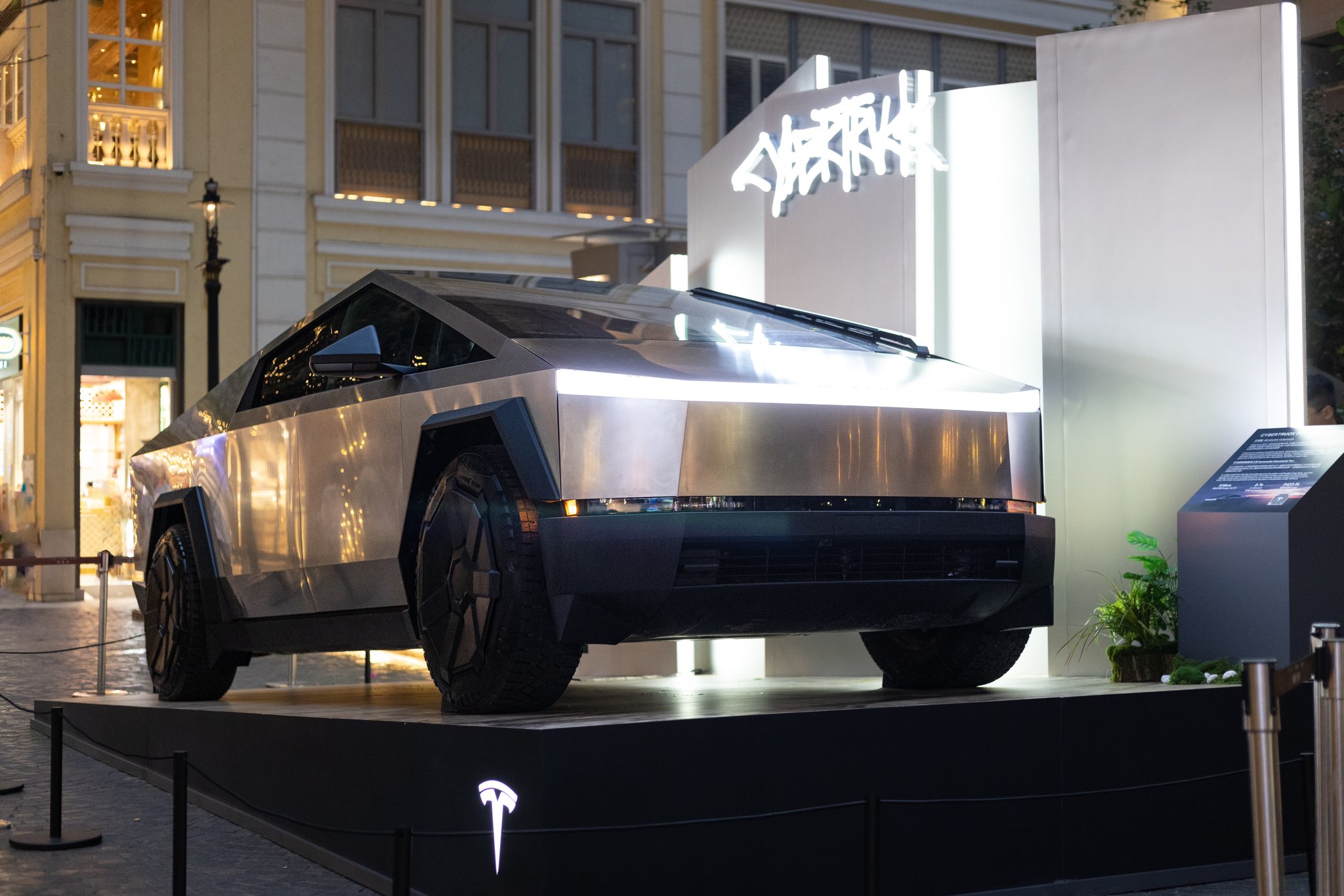
Elon Musk has seemingly confirmed that he will be sending a Tesla Cybertruck to 13-year-old Devarjaye “DJ” Daniel, a 13-year-old Houston boy fighting brain cancer. The teen was recognized as an honorary Secret Service member by U.S. President Donald Trump during his address to Congress on Tuesday.
A Chance Meeting
The Tesla CEO’s Cybertruck pledge was mentioned during DJ’s short interview with CNN’s Kaitlan Collins. When Collins asked the 13-year-old what he told the Tesla CEO, DJ answered that he asked for a Cybertruck.
“I said, ‘can you do me a big favor, when you get back to Houston can you send us a Cybertruck down there?’” the cancer fighter stated.
Daniel noted that Musk responded positively to his request, which was highlighted by Collins in a post on X. Musk responded to the post with a heart emoji, suggesting that he really will be sending a Cybertruck to the 13-year-old cancer fighter.
Teen’s Cancer Battle Inspires
Diagnosed in 2018 with a rare form of brain and spine cancer with no cure, Daniel has undergone 13 surgeries by the time he was 12. During his speech, Trump highlighted the 13-year-old’s long battle with his disease.
“Joining us in the gallery tonight is a young man who truly loves our police. The doctors gave him five months at most to live. That was more than six years ago. Since that time, DJ and his dad have been on a quest to make his dream come true,” Trump stated.
Daniels officially received an honorary badge from U.S. Secret Service Director Sean Curran, to much applause during the event.
Surprisingly Partisan
While Daniels’ story has been inspiring, Trump’s focus on the 13-year-old cancer fighter has received its own fair share of criticism. MSNBC host Nicolle Wallace, while referencing Daniels’ love for law enforcement, noted that she is hoping the 13-year-old never has to defend the U.S. capitol against Trump supporters. “If he does, I hope he isn’t one of the six who loses his life to suicide,” Wallace stated.
Anti-Musk and Trump accounts on X have also thrown jokes at the cancer fighter’s honorary badge, with some dubbing the 13-year-old as a “DEI hire” that should be looked into by DOGE.
Lifestyle
Tesla owner highlights underrated benefit of FSD Supervised
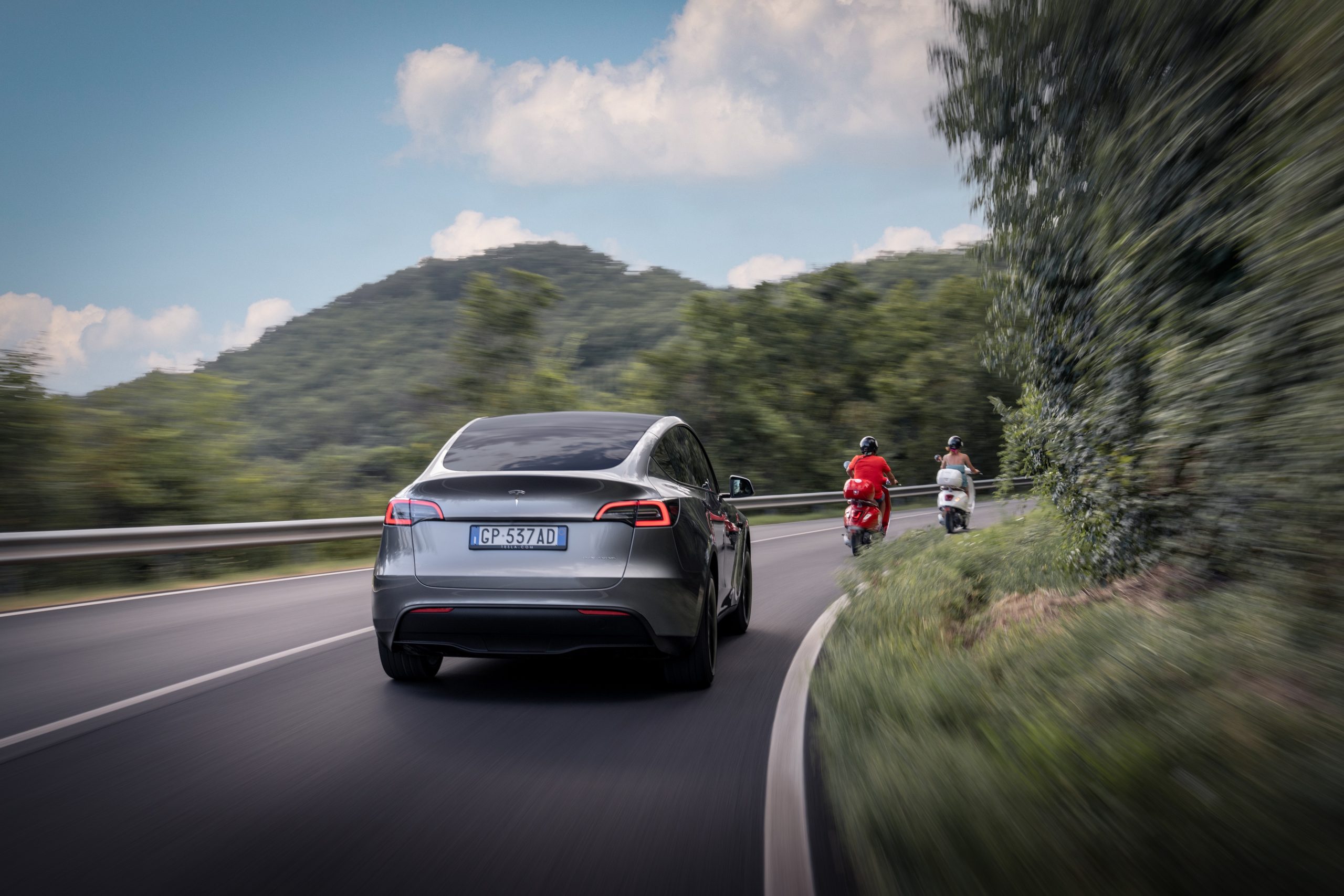
Elon Musk has been pretty open about the idea of FSD being the difference maker for Tesla’s future.
If Tesla succeeds in achieving FSD, it could become the world’s most valuable company. If it doesn’t, then the company would not be able to reach its optimum potential.
FSD Supervised’s safety benefits:
- But even if FSD is still not perfect today, FSD Supervised is already making a difference on the roads today.
- This was highlighted in Tesla’s Q4 2024 Vehicle Safety Report.
- As per Tesla, it recorded one crash for every 5.94 million miles driven in which drivers were using Autopilot technology.
- For comparison, the most recent data available from the NHTSA and FHWA (from 2023) showed that there was one automobile crash every 702,000 miles in the United States.
This morning, Tesla FSD proved to be an absolute godsend. I had to take my brother-in-law to the hospital in Sugar Land, TX, which is 40 miles away, at the ungodly hour of 4 AM. Both of us were exhausted, and he was understandably anxious about the surgery.
— JC Christopher (@JohnChr08117285) January 29, 2025
The convenience of…
FSD user’s tale:
- As per an FSD user’s post on social media platform X, FSD Supervised was able to help him drive a relative to a medical facility safely even if he was exhausted.
- During the trip, the driver only had to monitor FSD Supervised’s performance to make sure the Tesla operated safely.
- In a vehicle without FSD, such a trip with an exhausted driver would have been quite dangerous.
- “This morning, Tesla FSD proved to be an absolute godsend. I had to take my brother-in-law to the hospital in Sugar Land, TX, which is 40 miles away, at the ungodly hour of 4 AM. Both of us were exhausted, and he was understandably anxious about the surgery.
- “The convenience of sending the hospital’s address directly from my iPhone to my Tesla while still inside my house, then just a single button press once inside, and 40 miles later we were precisely in front of the hospital’s admissions area.This experience really underscores just how transformative this technology can be for society,” Tesla owner JC Christopher noted in his post.


Don’t hesitate to contact us with news tips. Just send a message to simon@teslarati.com to give us a heads up.
Lifestyle
Tesla Optimus “stars” in incredible fanmade action short film

There are few things that prove an enthusiast’s love towards a company more than a dedicated short film. This was highlighted recently when YouTube’s SoKrispyMedia posted a 10-minute action movie starring Optimus, Tesla’s humanoid robot, as well as several of the company’s most iconic products.
The video:
- Shot like a Hollywood action flick, the video featured a rather humorous plot involving a group of thieves that mistakenly targeted a Tesla Model 3 driver.
- The Model 3 driver then ended up speaking to Tesla for assistance, and some high-octane and high-speed hijinks ensued.
- While the short film featured several Tesla products like the Model 3, Superchargers, and the Cybertruck, it is Optimus that truly stole the show.
- Optimus served several roles in the short film, from an assistant in a Tesla office to a “robocop” enforcer that helped out the Model 3 driver.
Future Robo-cop @Tesla_Optimus
— SOKRISPYMEDIA (@sokrispymedia) January 12, 2025
full video: https://t.co/TXpSRhcP5K pic.twitter.com/YFHZ7siAP7
Cool inside jokes:
- The best Tesla videos are those that show an in-depth knowledge of the company, and SoKrispyMedia definitely had it.
- From the opening scenes alone, the video immediately poked fun at TSLA traders, the large number of gray Tesla owners, and the fact that many still do not understand Superchargers.
- The video even poked fun at Tesla’s software updates, as well as how some Tesla drivers use Autopilot or other features without reading the fine print in the company’s release notes.
- The video ended with a tour de force of references to Elon Musk products, from the Tesla Cybertruck to the Boring Company Not-a-Flamethrower, which was released back in 2018.
Check out SoKrispyMedia’s Tesla action short film in the video below.
Don’t hesitate to contact us with news tips. Just send a message to simon@teslarati.com to give us a heads up.
-

 Elon Musk2 weeks ago
Elon Musk2 weeks agoElon Musk roasts owners of this car brand after another Tesla vandalism incident
-

 News1 week ago
News1 week agoTesla aiming to produce first “legion” of Optimus robots this 2025
-
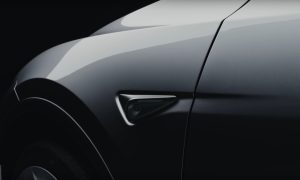
 Elon Musk1 week ago
Elon Musk1 week agoElon Musk confirms two measures Tesla is taking to fight vandalism
-

 Elon Musk3 days ago
Elon Musk3 days agoTesla CEO Elon Musk’s simple message to vandals
-

 News2 weeks ago
News2 weeks agoSpaceX rescue mission for stranded ISS astronauts nears end — Here’s when they’ll return home
-

 News2 weeks ago
News2 weeks agoU.S. AG Pam Bondi: Tesla Molotov attack suspect facing up to 20 years in prison
-

 News5 days ago
News5 days agoTesla’s Giga Berlin director responds to anti-Musk criticism
-
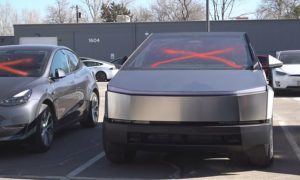
 Elon Musk1 week ago
Elon Musk1 week agoTesla owners doxxed by controversial anti-DOGE website in clear intimidation tactic






